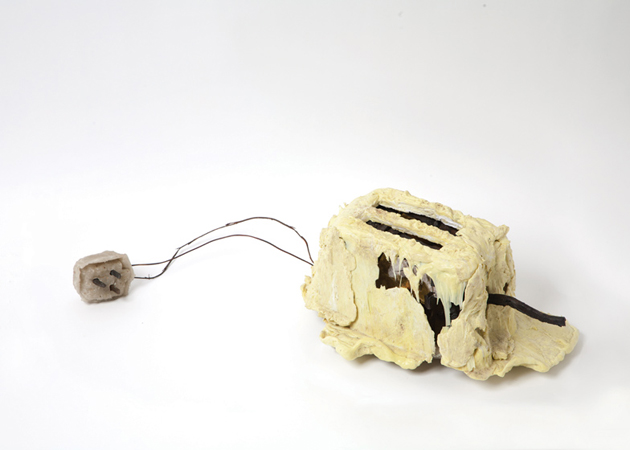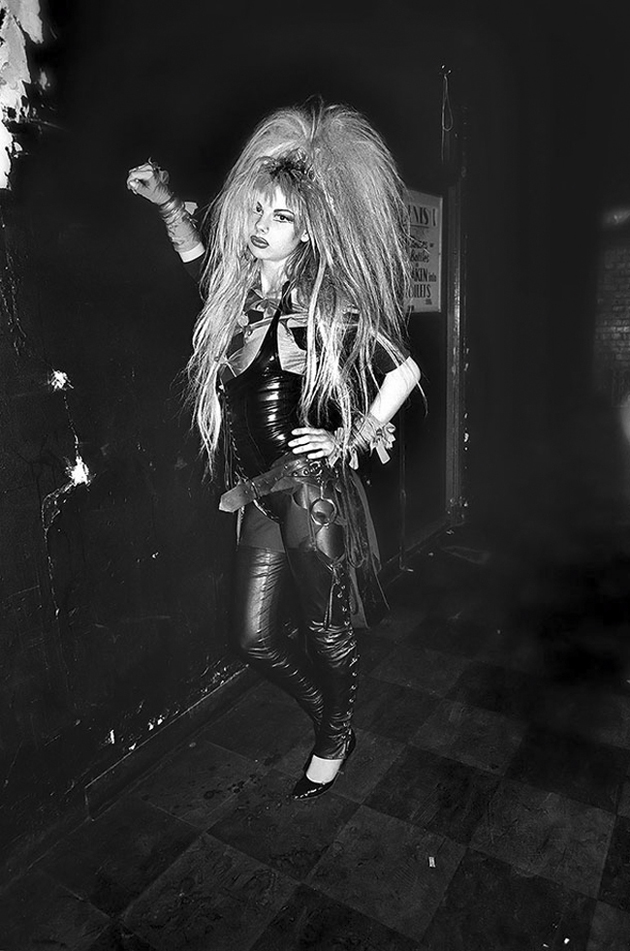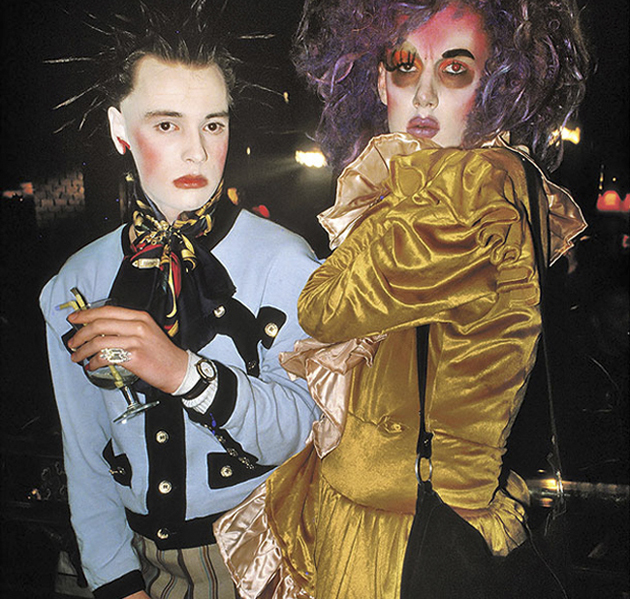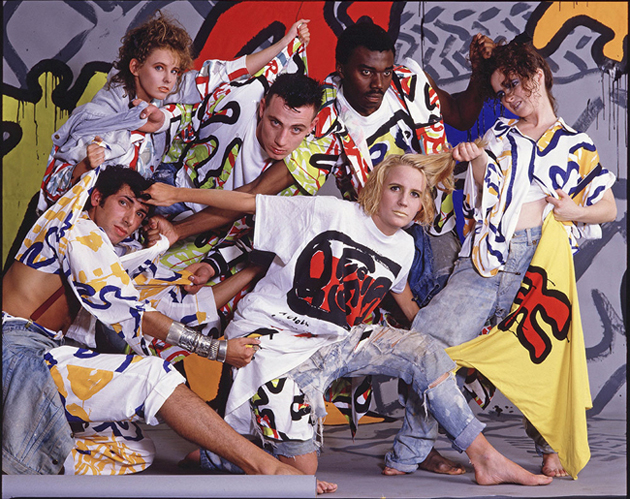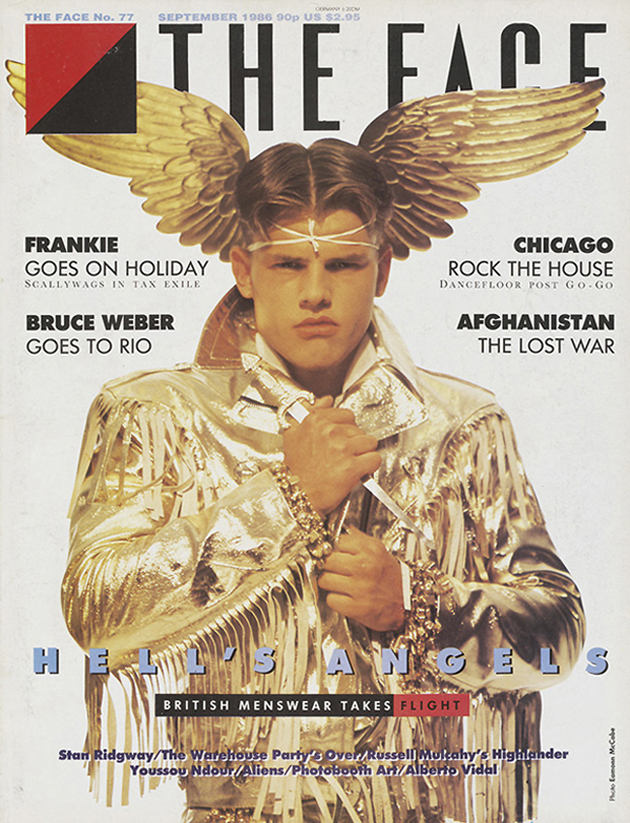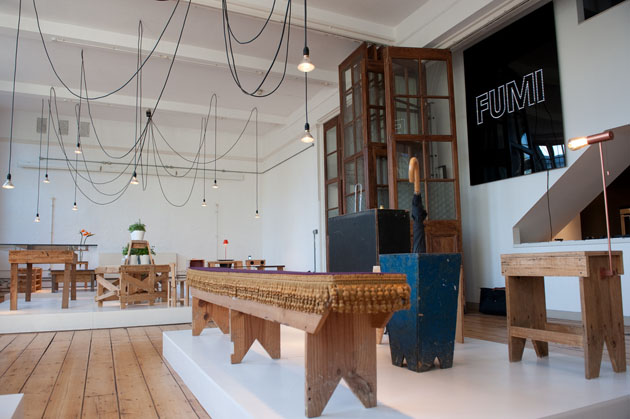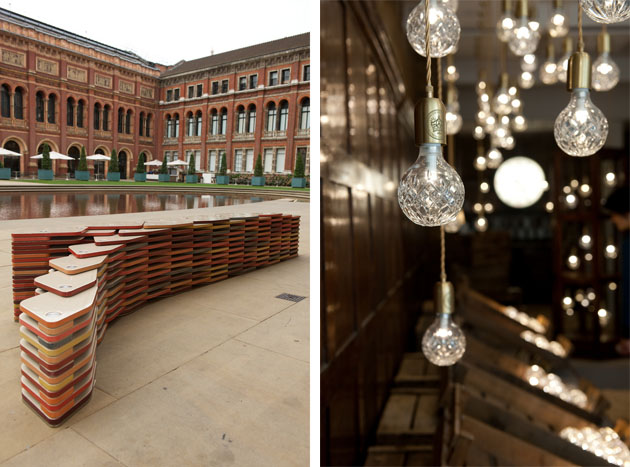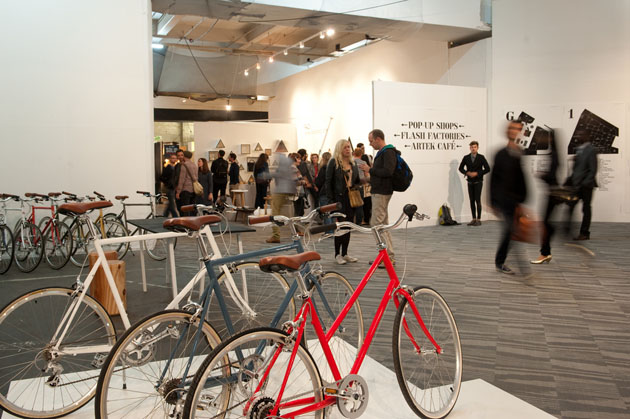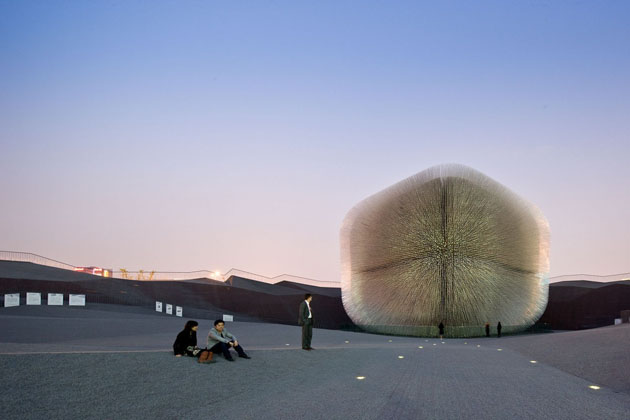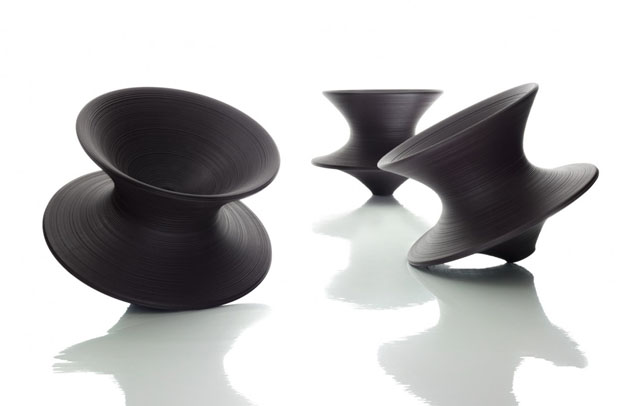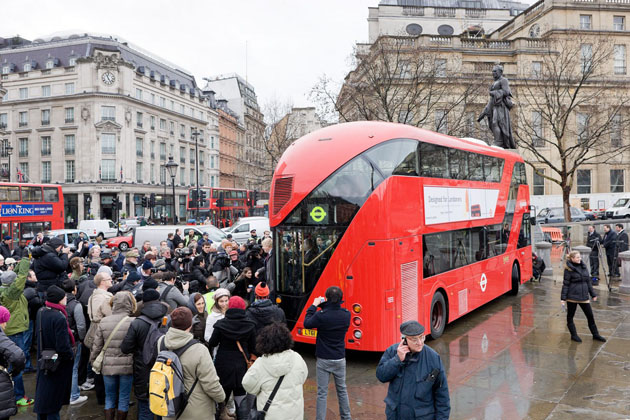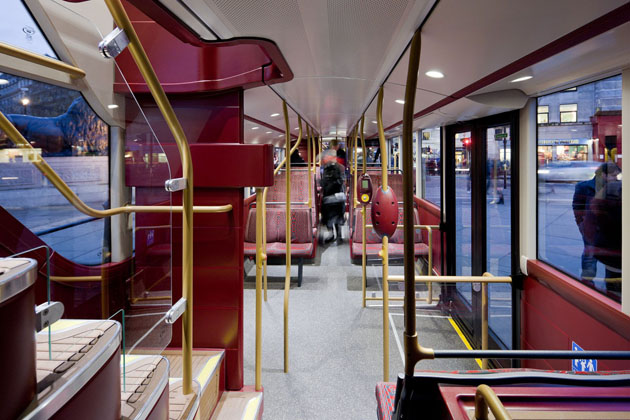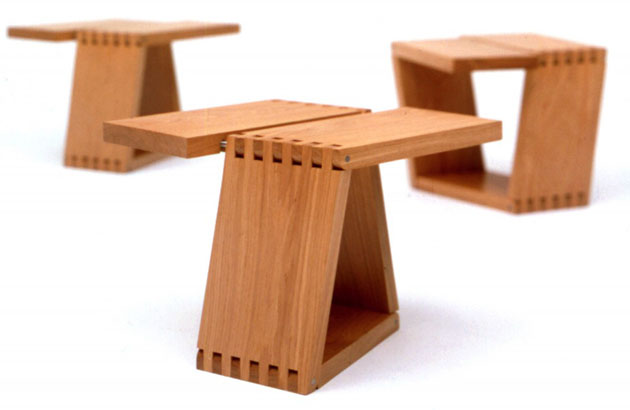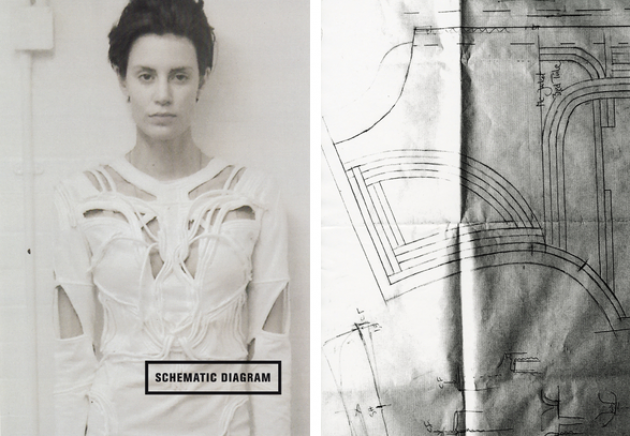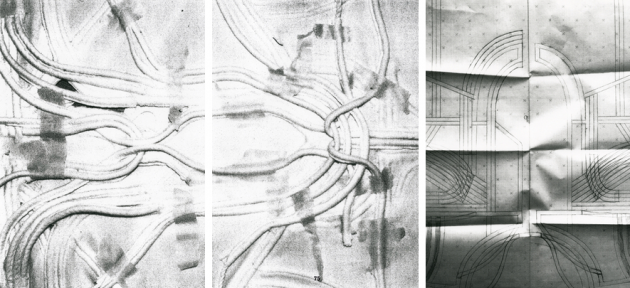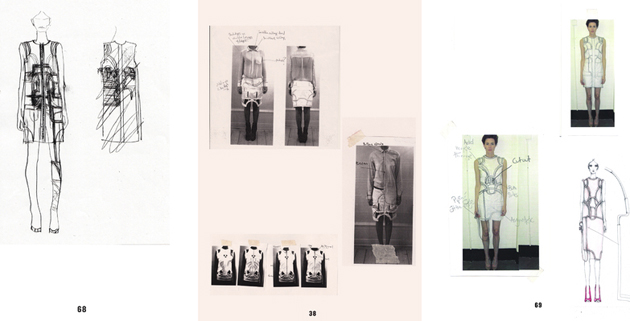When last year an essay published in The Economist described the evolution of 3D printers as the beginning of the third industrial revolution, most designers were already thinking about how this technology might be formally exploited. Hence, a myriad of 3D printed furniture marched out, displaying all the wonderful stylistic and formal quirks allowed by this production technique. The second issue soon discussed in design circles concerned the economic value of the new technology and how design objects would be bought and consumed in the near future. From tiny do-it-yourself 3D printers that allowed you to produce anything you wanted at your house to online projects like OpenDesk that store technical drawings for neat chairs, tables and shelves, design world seemed concerned about how far our imagination might go in coming up with objects we would be able to produce at home.
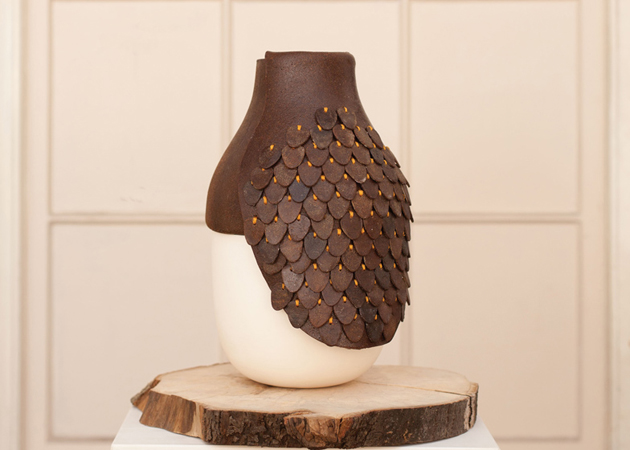
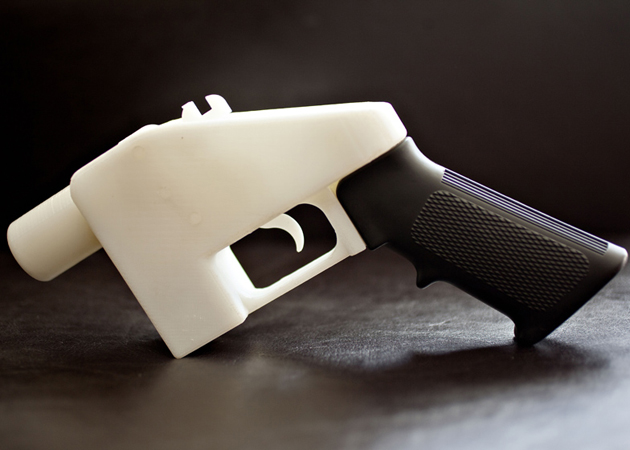
But last week’s acquisition by Victoria and Albert Museum in London shows deeper implications of these new means of production. As part of their Design Fund acquisition, the curators of the museum have decided to add a 3D printed gun to their collection. In fact, in comparison to The Liberator gun, other objects added to the collection this year – which include Formafantasma‘s Botanica collection, The Toaster Project by Thomas Thwaites, Ear Chairs by Studio Makking & Bey and the George chest of drawers by Gareth Neal – seem innocuous and almost dull.
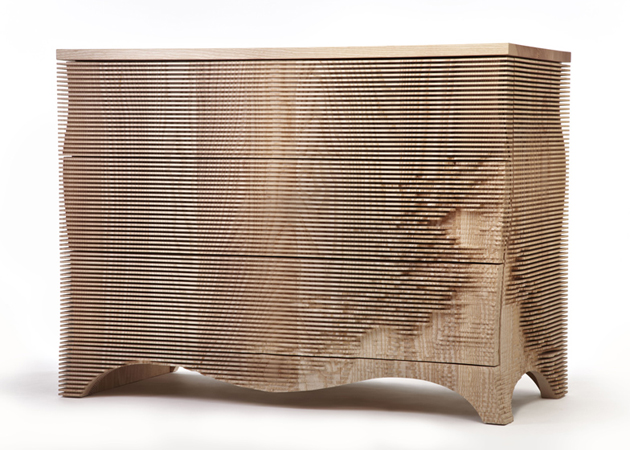
The Liberator gun was developed and assembled earlier this year by Cody Wilson, a Texas-based law student, through the use of separate printed components entirely made of ABS plastic, with the exception of a metal nail used as a firing pin. While the technical drawings of the project were taken off the internet, The Liberator project nevertheless poses urgent moral and ethical questions about the use of technology in everyday life. In fact, Kieran Long, V&A’s senior curator discusses that “so far people have focused on the ability to print out things at home, such as toys, but this seems to be only part of it. In my view, the gun blew all that away. It showed the fuller implications of the dissemination of the means of production. Everybody is now potentially a manufacturer.” And while the ability to design, produce and build objects by ourselves appears liberating, hopefully this project will show the design world it should finally start being more concerned about issues that go far, far beyond the poetics of form, colour and structure.
